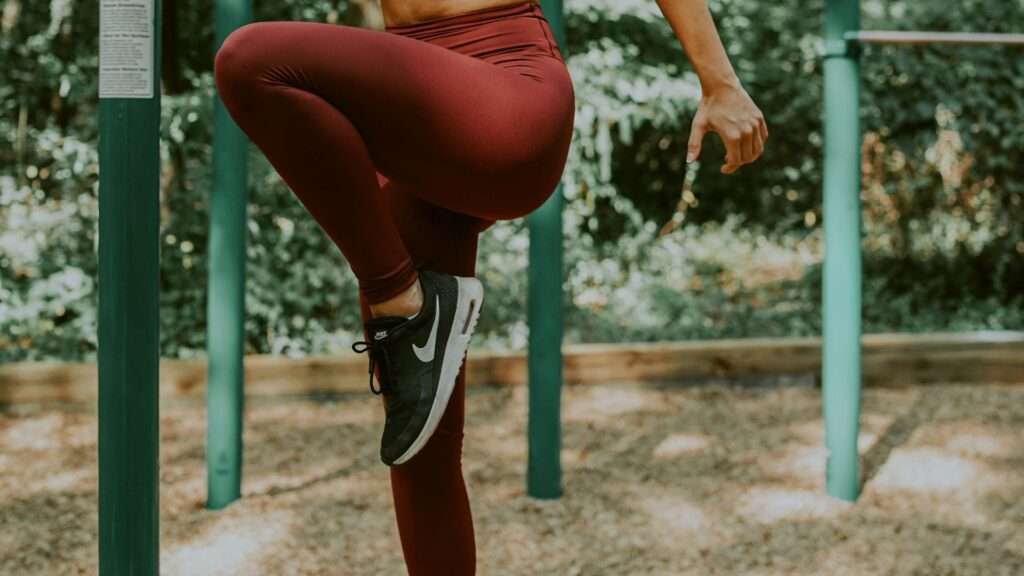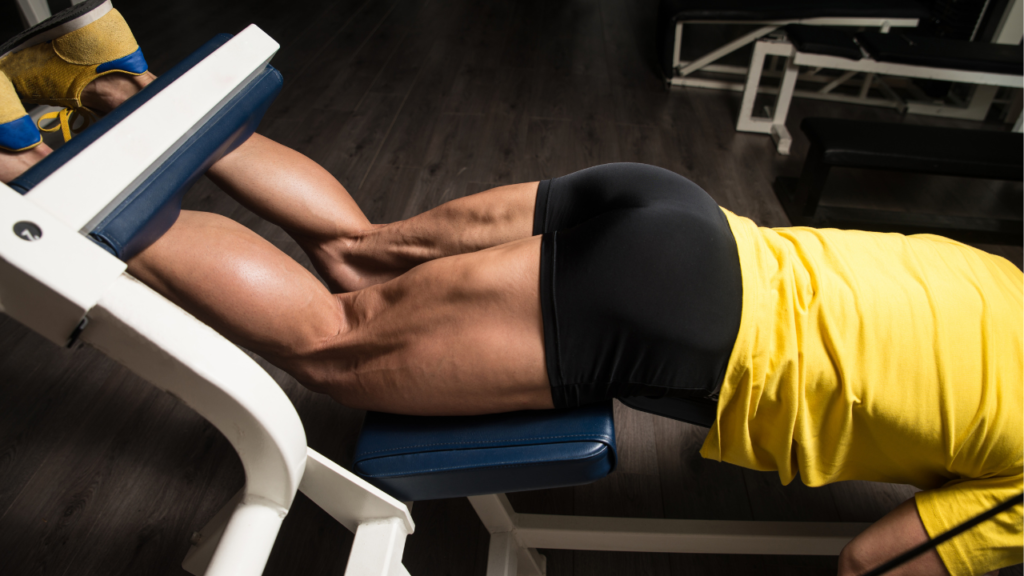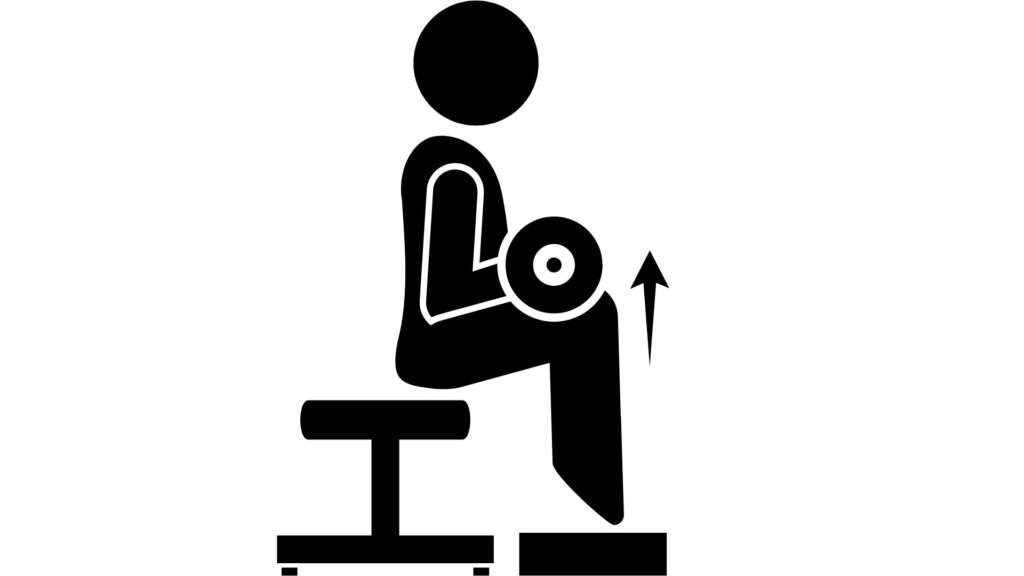
Since knee pain can be caused by a variety of different factors, it’s difficult to find effective ways to stop it from happening in the first place. Even simple knee pain, like that which occurs when you kneel on the floor, can be extremely irritating, not to mention how painful an injury can be. Unfortunately, there’s not much that can truly bulletproof your knees since they are such complicated joints, but one way you can help prevent injuries is by strengthening your lower legs and training them properly so they are better able to support the rest of your body.
The Importance of Strong, Flexible Quadriceps
The quadriceps, or quads, are the large muscles in the front of your thighs. They’re responsible for extending your knees and keeping your legs stable. Strong, flexible quads are essential for knee health and can help prevent injuries.
A stronger muscle means less risk of injury. A weak muscle means increased risk for injury because it is not capable of doing its job adequately.
For runners, these risks can be exacerbated by their propensity to run on hard surfaces like concrete which puts more pressure on their knees than running on soft surfaces like grass which provides better shock absorption. However, with a little effort and some knowledge you can protect your body’s joints from wear and tear while enjoying one of the most popular exercises around!
The Importance of Strong, Flexible Hamstrings

Hamstring flexibility and strength are important for protecting your knees, as they help absorb the impact of your daily activities. When your hamstrings are strong and flexible, they act like shock absorbers for your knees. This can help prevent injuries, such as ACL tears. Additionally, strong hamstrings can help you perform better in sports and other physical activities.
The Importance of Stable Ankles and Feet
Our feet and ankles are the foundation of everything we do. They support our entire body weight and enable us to move in all directions. That’s why it’s so important to have strong, stable ankles and feet.
Unfortunately, many of us have weak ankles and feet, which can lead to all sorts of problems, including knee pain. One way to prevent this is by strengthening your lower legs. The exercises below will help you bulletproof your knees, strengthen your ankles and improve your balance.
The Importance of Strength in the Rear Foot and Toes
One of the most important things you can do to reduce the risk of injury to your knees is to strengthen your lower legs. This includes the muscles in your rear foot and toes. Strong muscles in these areas help stabilize your knee joint and prevent it from rolling inward or outward. Additionally, strong muscles help absorb impact and protect your knees from shocks and jolts.
Progressive Programs
A progressive program is key when trying to increase the strength of your lower legs. By slowly adding weight and reps, you allow your body to adapt to the new stimulus, which will in turn lead to increased strength.
Additionally, make sure to focus on quality over quantity. Rather than doing a ton of reps with poor form, do fewer reps with perfect form. This will help you avoid injury and ensure that you’re getting the most out of your workout. Here are three great exercises for strengthening your lower legs!
1) Calf Raises –

Stand on one leg about two feet from a wall, then extend your other leg straight back. Lift up onto your toes and hold for 5 seconds, then release back down onto the heel. Do 10-15 repetitions before switching sides.
2) Step Ups –
Place one foot up on an elevated surface such as a bench or stool so that it’s even with knee height (or above). The other foot should be planted firmly on the ground behind you so that you feel steady.
Hold onto something if needed to maintain balance during this exercise as well as any others involving standing on one leg like this. Keeping your chest lifted, push up onto the ball of your front foot and bring your rear leg off the ground until both knees are at a 90 degree angle. Slowly return to starting position and repeat for desired number of repetitions before swapping feet.
3) Lateral Lunges –
Stand tall with feet together and toes pointed forward (think jazz hands). Take a big step out to one side using either leg, then return to starting position by stepping back with that same side foot. Repeat by alternating sides each time.
A few tips to keep in mind while you work on strengthening your lower legs: •If you experience pain or discomfort while performing these exercises, stop immediately and consult a physical therapist.
•Remember to always have fun! Working out should never feel like torture–find what motivates you and go after it! •Finally, don’t forget to hydrate throughout your workout. Water is essential for maintaining good muscle function–so drink up!

3 Responses